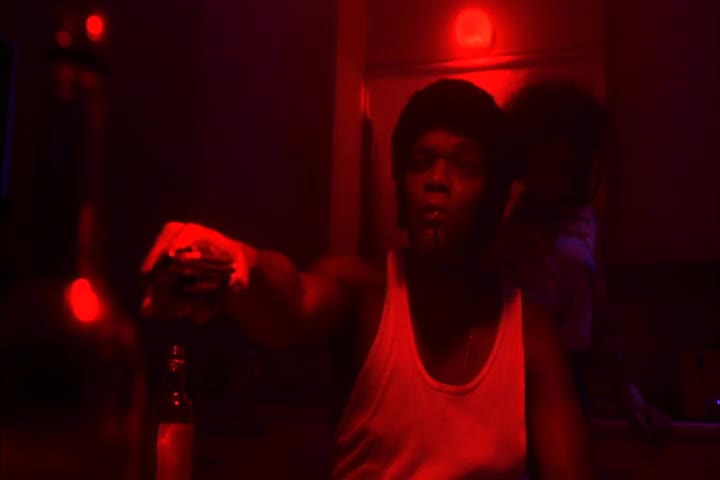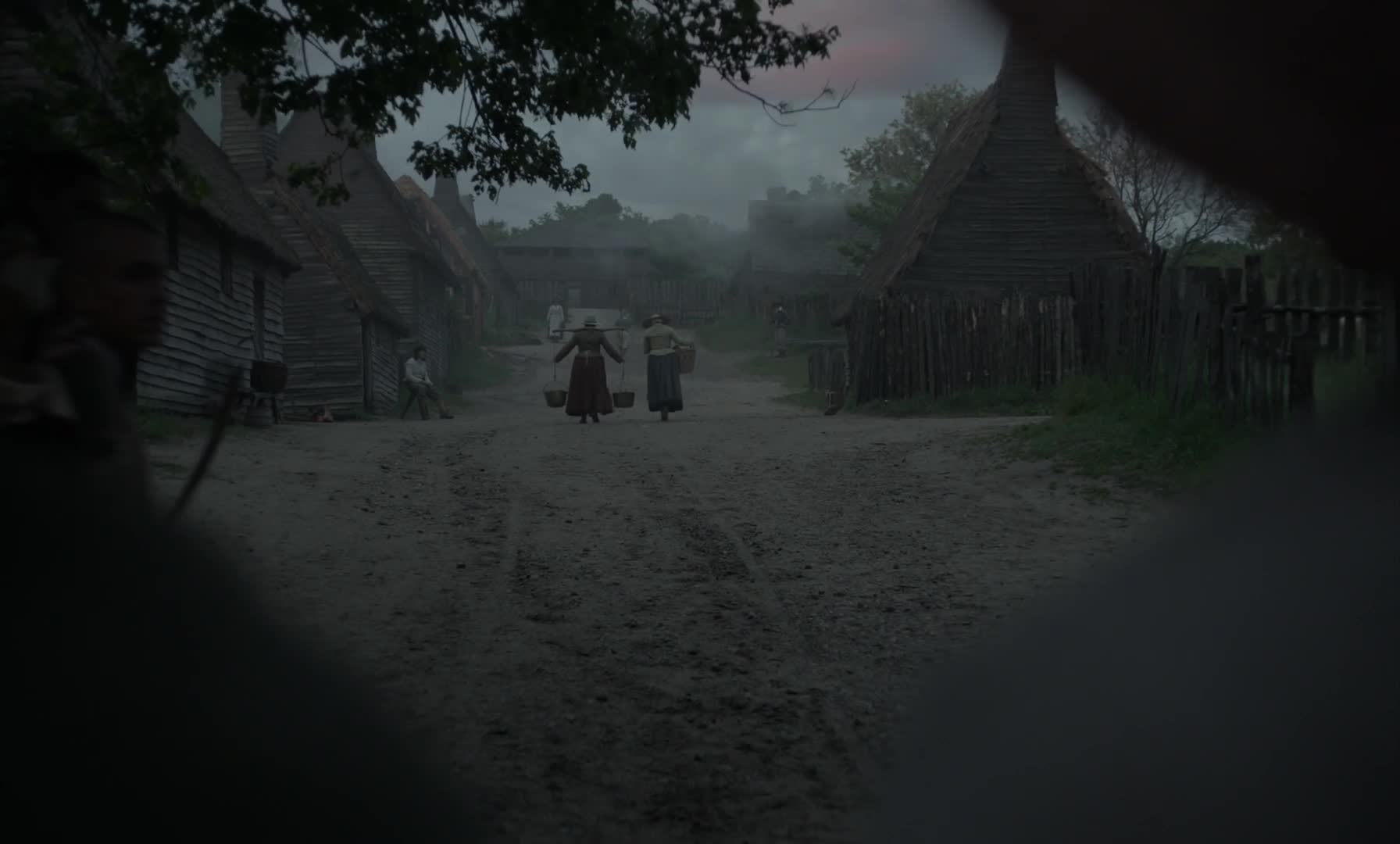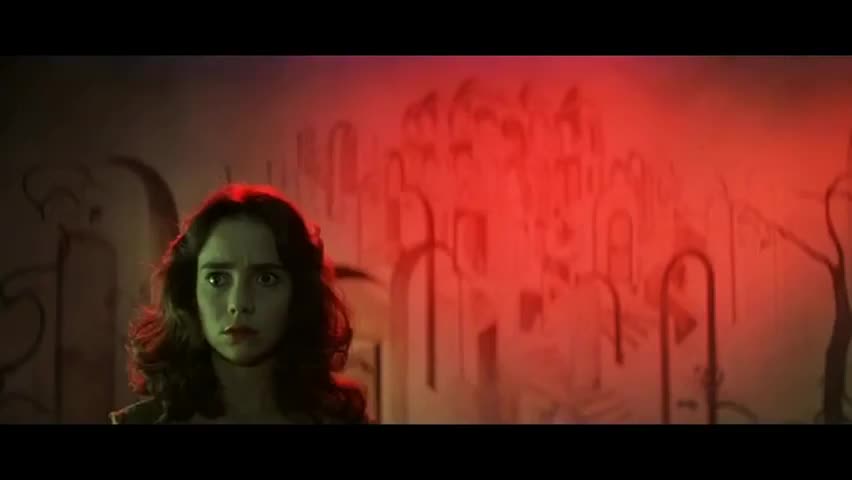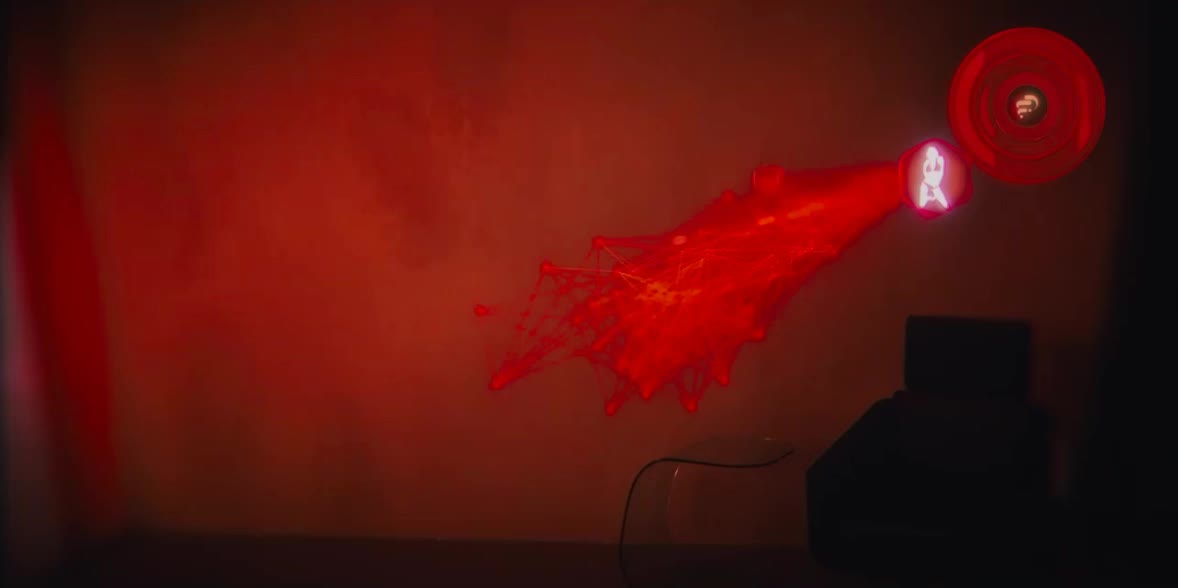Film Language Tag: hue
The shade of a particular color as determined by the dominant wavelength of visible light and judged according to its similarity to one of the perceived colors red, yellow, green, and blue, or some combination. The shades of gray, ranging from black to white, do not have hue.
The human vision system automatically adjusts perceived hues to create a natural white balance. When images are recorded to film or video, any color cast present at the time of photography becomes immediately apparent. To deliver a natural seeming image, one may need to adjust or filter the light. When shooting on film, it is important to match the type of light to the film stock (tungsten vs. daylight). When shooting on video, it is important to white balance the camera (simulating the natural while balance performed by human vision).
At Kinolab, where contrast in film is used specifically to note the difference between areas of dark and light in black-and-white filming, hue is used to note the juxtapositions and gradations of colors on screen.
Antique Store, The Night Porter
Lucia visits an antique store and finds a pink negligee.
Avalyn and Brian Discover Dead Deer , Mysterious Skin
After meeting to discuss shared memories of alien abduction and violation, Brian (Brady Corbet) and Avalyn (Mary Lynn Rajskub) encounter a dead deer she says was experimented on by aliens and then left in the field near her home. When she presses Brian to insert his hand into an incision in the body, he experiences flashbacks of past alien abduction and violation -- with a young Neil (Chase Ellison) appearing in them alongside his own past self (George Webster)
Born to Be Sacrificed , Dilwale Dulhania Le Jayenge
Lajjo (Farida Jalal) notices her daughter, Simran (Kajol), looking distraught. She then proceeds to have a conversation with her about the sacrifices women need to make in their lives for men. This convinces Simran in the moment to marry Kuljeet (Parmeet Sethi), and forget about Raj (Shah Rukh Khan).
Cross-dressing, Bessie
Bessie (Queen Latifah) travels the country with her mentor, Ma Rainey (Mo'Nique). After Bessie's first performance, Ma Rainey performs, cross-dressed as a man
Elgar and Fanny Kiss, The Landlord
After attending a party in the building, Elgar (Beau Bridges) returns to Fanny's (Diana Sands) apartment while her boyfriend is in prison. The two share a moment and kiss.
Emma Tries Antonio’s Food, I Am Love
Antonio (Edoardo Gabbriellini) cooks a meal for Emma (Tilda Swinton), Eva (Diane Fleri) and Allegra (Marisa Berenson). After taking her first bite, Emma becomes instantly infatuated with it.
Expression of Faith in A Foreign Place, Dilwale Dulhania Le Jayenge
Raj (Shah Rukh Khan) and Simran (Kajol) visit a church in Switzerland. Simran prays in front of the altar while Raj jokes around. After Simran’s departure from the scene, Raj prays for Simran as well.
Family Secrets, Crazy Rich Asians
At a wedding reception, Nick’s (Henry Golding) mother (Michelle Yeoh) and grandmother (Lisa Lu) accuse Rachel (Constance Wu) of lying about her family background. Rachel denies the allegations and flees the reception while Nick chases after her.
Final Battle, Perfect Blue
Mima is confronted by her roommate Rumi, who has adopted Mima's pop idol persona and seeks to kill and replace her.
Getting Away, Menace II Society
Ronnie (Jada Pinkett Smith) asks Caine (Tyrin Turner) to move to Atlanta
Gimme My Money, Menace II Society
Caine (Tyrin Turner) witnesses the lifestyle that his parents have chosen.
I Want You to Hit Me, Fight Club
Tyler Durden (Brad Pitt) encourages The Narrator (Edward Norton) to stay over at his place. Once that's settled he asks him to hit him. The Narrator then gives us a backstory for Durden. It flashes back to the present and The Narrator hits Durden, starting the first fight of the movie and the beginning of fight club.
Jake Meets the Clan, Avatar
Jake Sully (Sam Worthington) is taken captive by the Na'vi, including Neytiri (Zoe Saldana). The clan leader Eytukan (Wes Studi) and the spiritual leader Mo'at (CCH Pounder) decide that Jake will be taught their ways.
Lynching of Jesse Washington Story x Klan Induction Ceremony, BlacKkKlansman
Jerome Turner (Harry Belafonte) recounts the lynching of Jesse Washington at a Civil Rights rally as it is cross cut with Philip Zimmerman's (Adam Driver) - posing as a white version of Ron Stallworth (John David Washington) - induction into the KKK. Turner describes in detail the murder and we go back and forth between this and David Duke's (Topher Grace) white nationalist speech. All the while, Stallworth is watching the induction ceremony happen from a window.
Micah and Jo Wake Up Together, Medicine for Melancholy
After an apparent one-night stand, Micah (Wyatt Cenac) and Jo (Tracey Heggins) quietly observe each other while getting ready to leave their host (John Thurgood)'s now largely empty loft apartment. The party host invites them to stay for breakfast on their way out but they leave anyway.
Mima's Performance, Perfect Blue
Rumi and the rest of the staff watch and choreograph Mima throughout multiple takes of a rape scene.
Neil Recalls Brian’s Abuse by Coach, Mysterious Skin
Neil (Joseph Gordon-Levitt) recalls his own involvement in Brian (Brady Corbet)'s being abused by their Little League coach (Bill Sage) as children (played by Chase Ellison and George Webster respectively).
Office Fight, Fight Club
The Narrator (Edward Norton) blackmails his boss (Zach Grenier). He then punches himself in the face and stages an entire fight against himself in front of the boss. He says it reminds him of his first fight with Tyler Durden. Once he's sufficiently bloodied, the police arrive and assume the boss was responsible.
Opening Sequence, Cruising
Boaters discover dismembered body parts in the harbor.
Opening Sequence, Bessie
Bessie (Queen Latifah) performs in a vaudeville show and reflects on her childhood
Opening Sequence, The Witch
William (Ralph Ineson) and his family are banished from their village over a religious disagreement.
Opening Sequence, Chungking Express
He Qiwu (Takeshi Kaneshiro) is struggling with a breakup when he first bumps into a woman in a blonde wig.
Opening Sequence, Avatar
Paraplegic Marine Jake Sully (Sam Worthington) narrates the view of Pandora, an alien planet with abundant resources. The scenery changes to a futuristic Earth whose own natural resources have been depleted by climate change, war, and overpopulation.
Opera, Philadelphia
Andrew Becket (Tom Hanks) shares his love for opera with Joe Miller (Denzel Washington) in an intimate display of friendship and camaraderie.
Pigeons, Mustard Fields, and New Connections, Dilwale Dulhania Le Jayenge
Raj (Shah Rukh Khan), and Chaudhry Baldev Singh (Amrish Puri) have a conversation about what being an Indian means in the context of being an NRI (Non-Resident Indian) in a mustard field in Punjab, India. Baldev and Raj feed pigeons as they speak to each other. Raj uses the metaphor of pigeons to symbolize the NRIs and how they are still Indian at heart.
Sam Cooke and Malcolm X Argue, One Night in Miami...
Sam Cooke (Leslie Odom Jr.) and Malcolm X (Kingsley Ben-Adir) argue over about their roles in the Civil Rights Movement.
Sam Cooke's Boston Performance, One Night in Miami...
Malcolm X (Kingsley Ben-Anir) recounts the story of Sam Cooke's (Leslie Odom Jr.) performance for an angry crowd in Boston.
Sayuri's Performance, Memoirs of a Geisha
Chiyo (Ziyi Zhang), who adopts the geisha name Sayuri, performs at her mizuage, a coming of age ceremony.
Sin-Dee Interogates Nash, Tangerine
Sin-Dee (Kitana Kiki Rodriguez) and Alexandra (Mya Taylor) try to find out information about Sin-Dee's boyfriend from Nash (Ian Edwards).
Steve Meets the Killer, Cruising
Steve (Al Pacino) has a face-off with the alleged killer (Richard Cox)
Steve's First Dance, Cruising
While at a gay nightclub, a man asks Steve (Al Pacino) to dance.
Suzy Follows the Footsteps, Suspiria
Suzy hears the footsteps and decides to follow them to Madame Blanc's office.
The First Rule of Fight Club, Fight Club
Tyler Durden (Brad Pitt) lays out the rules for Fight Club decided on by him and The Narrator (Edward Norton). This includes the well-known line, "You do not talk about Fight Club." The first fight begins, which includes someone from The Narrator's office. We flash forward to the following days where The Narrator explains that Fight Club only exists when you're in it—that in the outside world, it is not acknowledged. We see him and various other injured people go about their daily lives without talking about it.
The Kragle, The Lego Movie
Lord Business (Will Ferrell) shows Bad Cop (Liam Neeson) how the Kragle works by demonstrating on Bad Cop's parents.
The Oogie Boogie Song, The Nightmare Before Christmas
Oogie Boogie (Ken Page) sings to the abducted Santa (Ed Ivory) about his impending doom.
Tree of Souls, Avatar
Jake saves Grace's (Sigourney Weaver) life at the tree of Souls and then urges the Omatikaya clan to fight for their land.
Watching the Tape for the First Time, The Ring
Rachel (Naomi Watts), having discovered the videotape in the lending library at Shelter Mountain, rents the room where her niece had stayed and watches it for the first time.
Who is Keyser Soze, The Usual Suspects
Verbal (Kevin Spacey) tells the tale of Keyser Soze.


















































